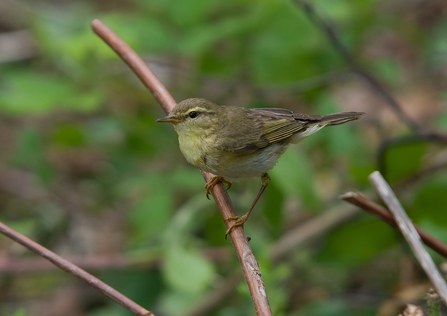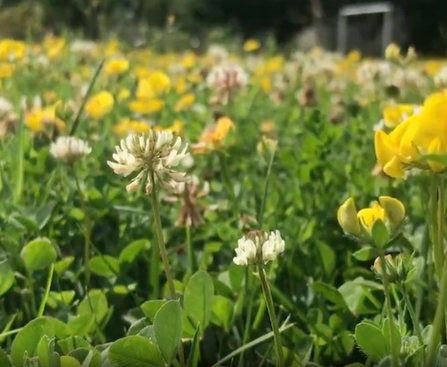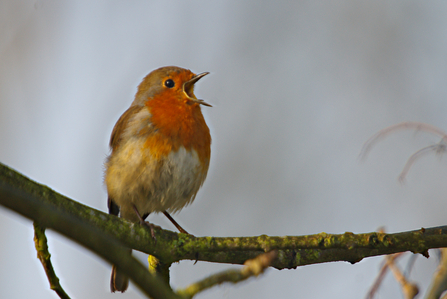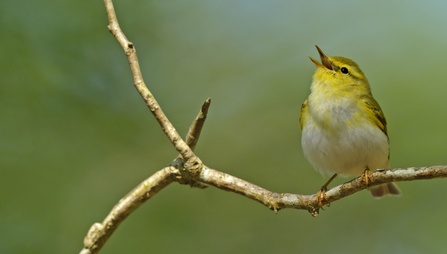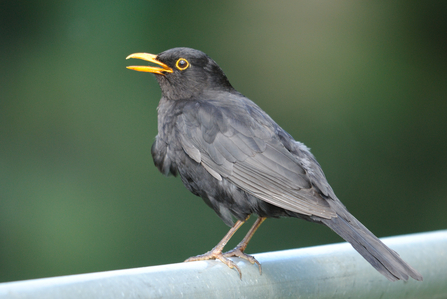As a child growing up in south Yorkshire in the 1970s, my spring dawn chorus started early morning in the dark on Thorne Moors, a lowland peatbog with birch scrub, mature birch and willow woodland.
A low mist would carpet the cotton-grasses, mixed with the resinous scent of birch buds. The ‘hoo-hoo-hooo’ of a long-eared owl in the willows broke the silence. Followed by the eerie ‘bleat’ of half a dozen snipe, the ‘flying nanny-goat’ my father called them, coming from over the marsh.
A few birds sang all night – the argumentative chatter of a sedge warbler, the echoing tinny trill of a grasshopper warbler and an occasional sleepless robin.
But then came a sound so clear in the dark – the nightingales. Starting slow, whispering, on a single repeated note for 20 seconds. Then the richest, most mellow liquid warble, proud resonant notes. These would be interrupted by an angry low call, as if swearing under its breath. I loved that each nightingale repeated its favourite phrases, as if showing off to a would-be mate.






